/common-used-concrete-admixtures-845036-color-GIF-V1-5243aa2acb8d4a90bb1193b7faa04b48.gif)
Seven MustUse Concrete Admixtures (Additives)
Lightweight concrete has a history of more than two-thousand years and its technical development is still proceeding. This review starts with a retrospective that gives an idea of the wide range of applications covered by lightweight concrete during the last century.. Any admixture used in normal concrete production can be used for LC as.

Quikrete Bonding Additive, 861001 Concrete Acrylic Fortifier 1 Gallon
Concrete Admixtures: Air-Entrainment. Air entrained concrete can increase the freeze-thaw durability of concrete. This type of admixture produces a more workable concrete than non-entrained concrete while reducing bleeding and segregation of fresh concrete. Improved resistance of concrete to severe frost action or freeze/thaw cycles.
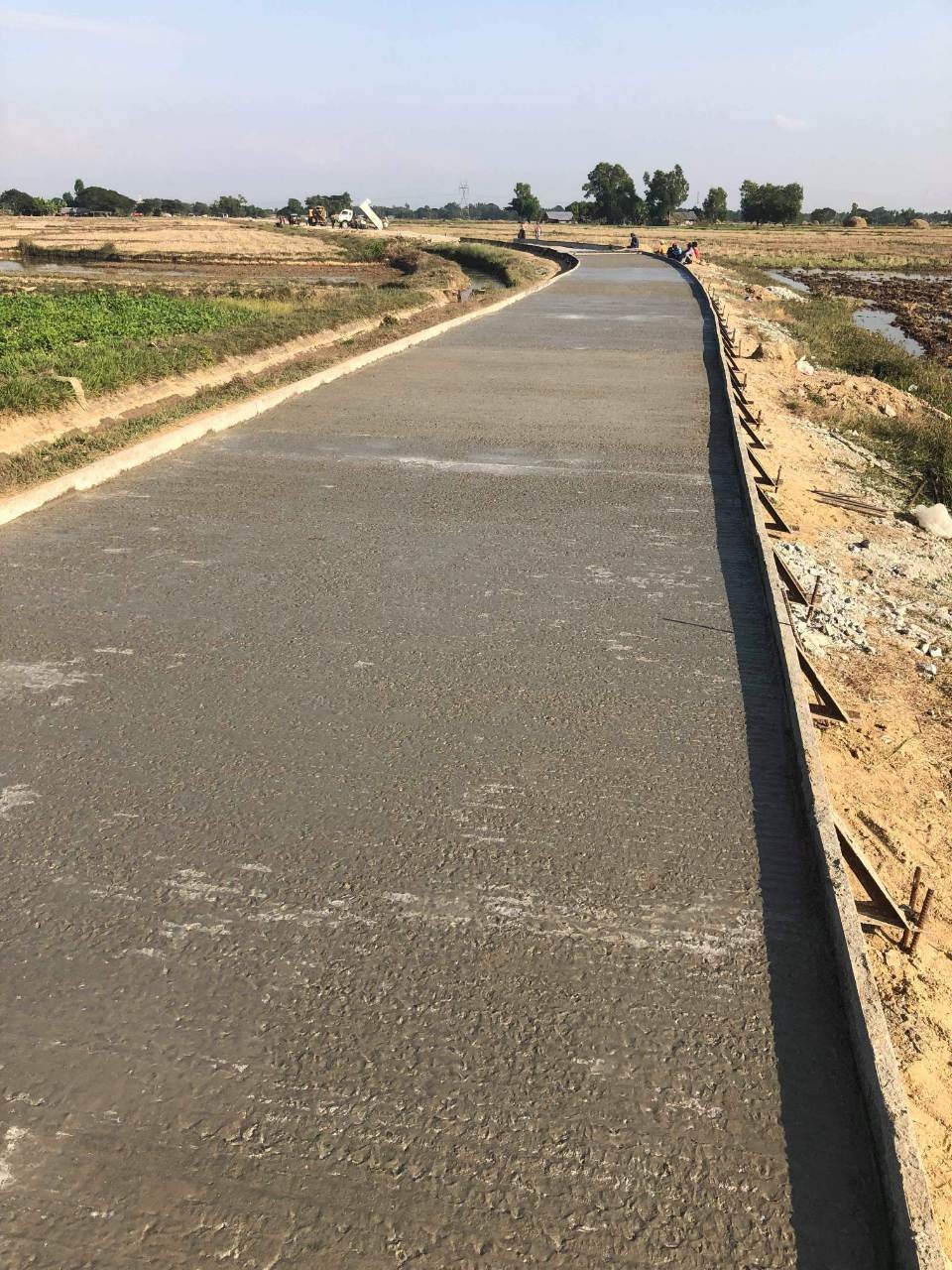
Concrete Admixture New Lineage Co.,Ltd
Lightweight concrete (LWC) mixes suitable for structural applications were developed using locally available natural lightweight coarse and fine aggregates. The mixes developed had a compressive strength range of 22.5-43 MPa; an air dry density of 1935-1995 kg/m 3; and a high degree of workability. 2.
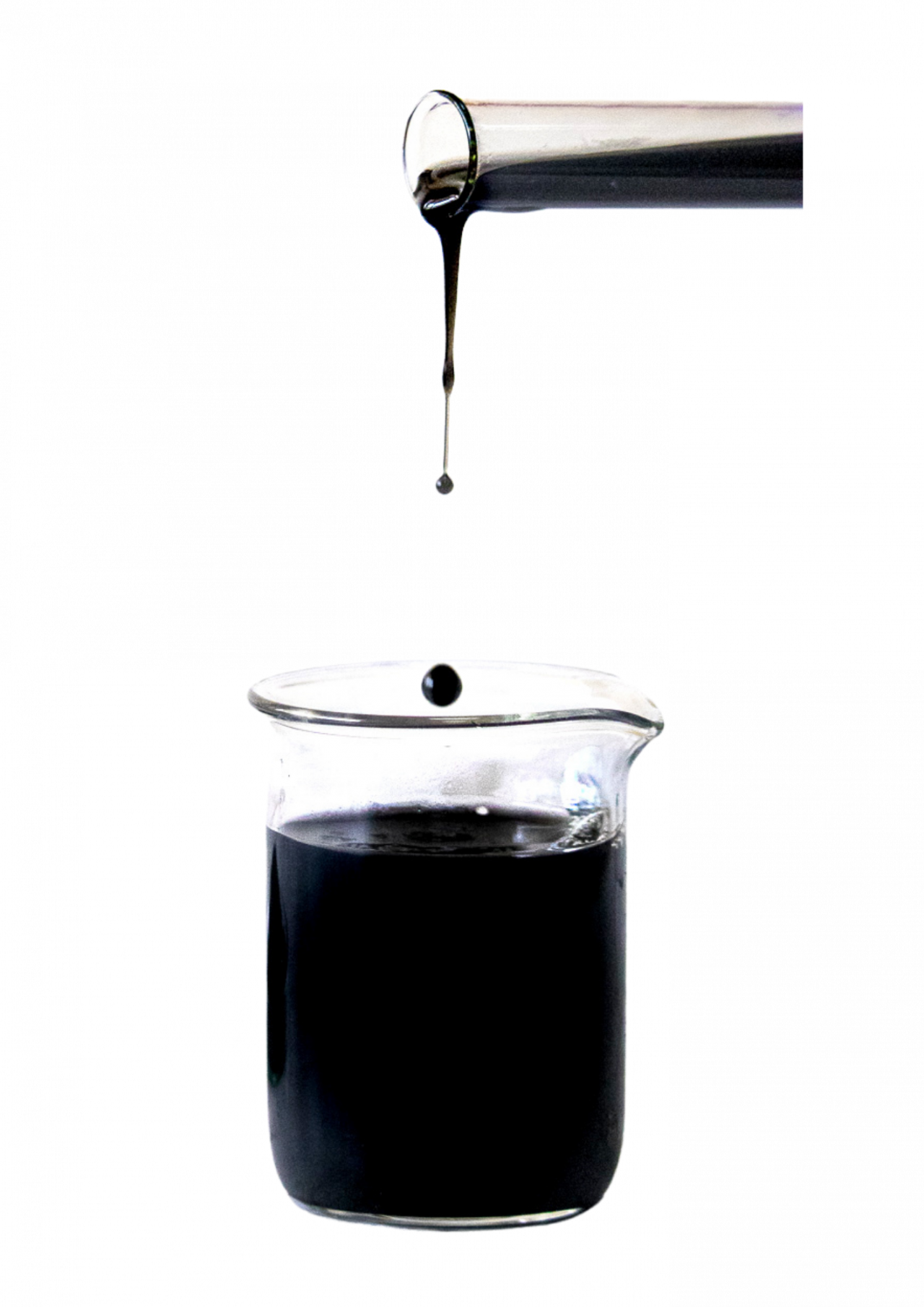
Concrete Admixture Terracarb
What is Lightweight Concrete? Lightweight concrete mixture is made with a lightweight coarse aggregate and sometimes a portion or entire fine aggregates may be lightweight instead of normal aggregates. Structural lightweight concrete has an in-place density (unit weight) on the order of 90 to 115 lb / ft³ (1440 to 1840 kg/m³).
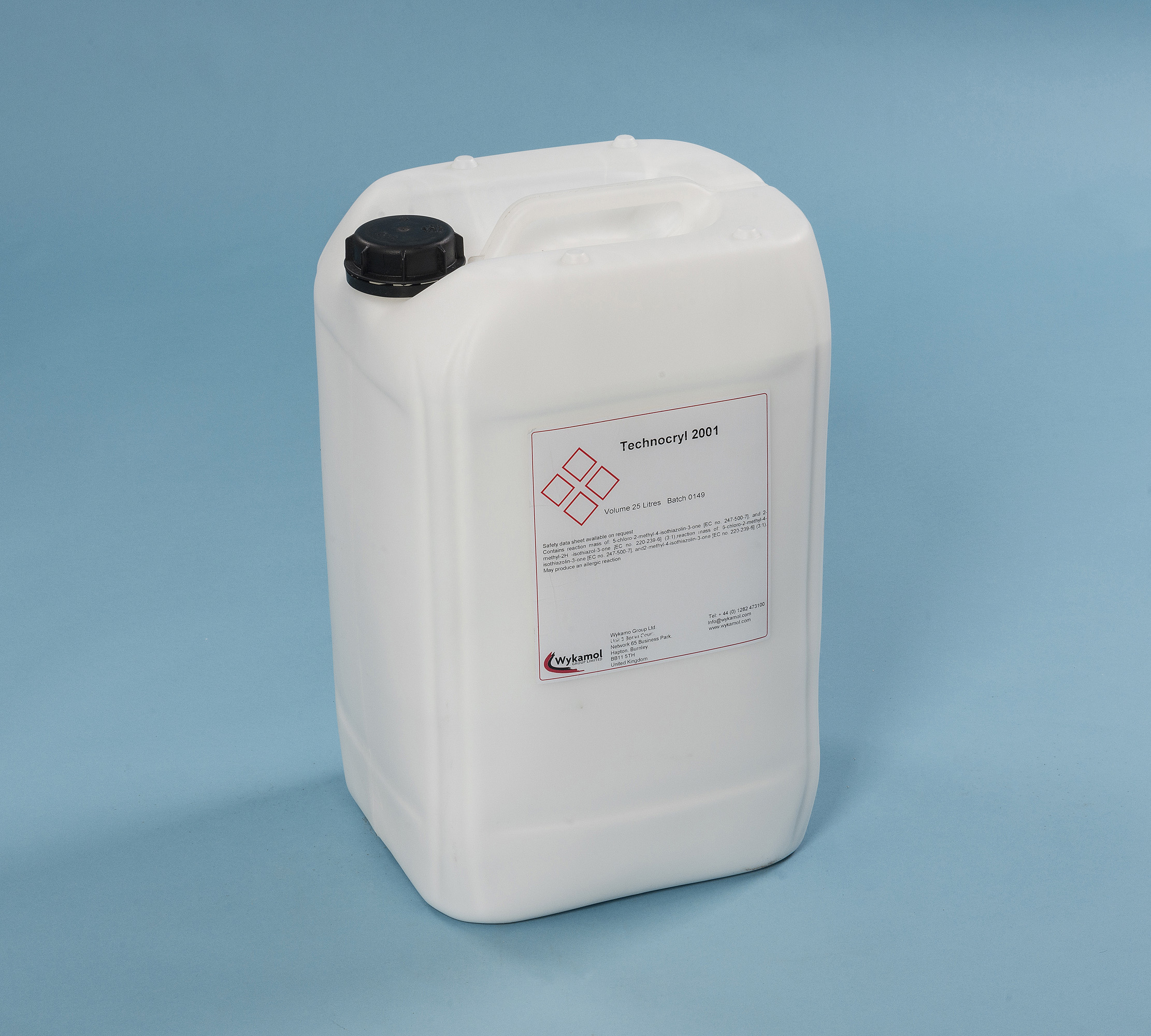
Technocryl Concrete Admixture Twistfix
Lightweight concrete is a mixture made with lightweight coarse aggregates such as shale, clay, or slate, which give it its characteristic low density. Structural lightweight concrete has an in-place density of 90 to 115 lb/ft³, whereas the density of regular weight concrete ranges from 140 to 150 lb/ft³. This makes lightweight concrete ideal.
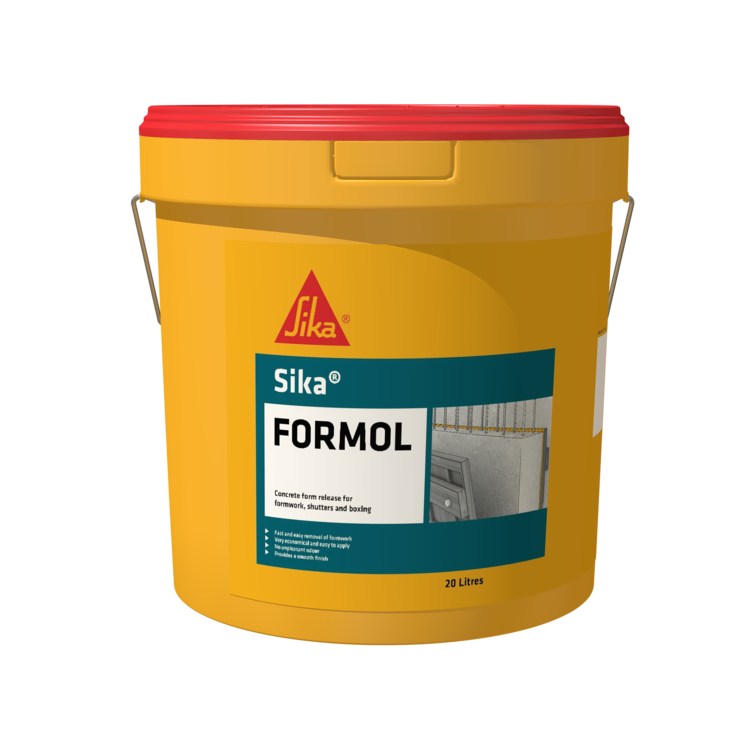
Concrete Admixtures Let Atlas help you design your perfect mix
Ultra-lightweight concrete is produced by carefully proportioning and mixing cementitious materials, lightweight aggregates, admixtures, and water. It is characterized by low to moderate compressive strength and low thermal conductivity, which makes it suitable for thermal insulation applications. The ultra-lightweight concrete is considered an.

concrete admixture Manufacturer, Supplier, Exporter
This can be done by using a new, improved mechanical air-entraining admixture or concrete containing air cells or voids throughout its volume. A Specified Density Concrete [SDC] called High Strength Lightweight Structural Cellular Concrete or High-Performance Cellular Concrete [HPCC] / Air-Entrained Aggregate Concrete.

Concrete Admixture New Lineage Co.,Ltd
Expanded Shale, Clay, and Slate (ESCS) is a unique ceramic lightweight aggregate prepared by expanding select minerals in a rotary kiln at temperatures of 1000oC. Water: Shall meet ACI 318. Air-Entraining Admixtures: Shall meet ASTM C 260. Admixtures have demonstrated satisfactory performance with ESCS concretes.
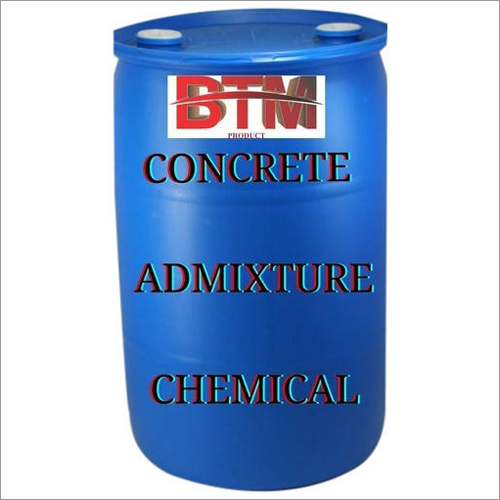
Concrete Admixture Manufacturer,Supplier in Noida,NCR,India
Uses. Sika Lightcrete® -02 is suitable for the production of lightweight concrete for every kind of application. The liquid admixture is being added at the batching plant or directly onto the transit mixer. Its application is suitable for site mixed as well as ready mixed concrete. The key figures like density, air pore content or strengths.

Concrete Admixture in Bengaluru, Karnataka Get Latest Price from
Further, the average compressive strength of the plain lightweight concrete mixtures ranged from 70 to 75% of the compressive strength of normal weight concrete and using admixture improved this.

Concrete admixtures Manufacturer Shawar Conchem
Lightweight Concrete. Definition: concrete of substantially lower density than that made using aggregates of normal density; consists entirely of lightweight aggregate or a combination of lightweight aggregate and normal-density aggregate; its equilibrium densities are generally between 70 and 120 lb/ft3 (1120 and 1920 kg/m3).-.

Concrete Admixture PC ( super plasticzer ) Manufacturer from Ahmedabad
While the limit has probably not yet been reached for normal concrete (density between 2,000 and 2,600 kg/m 3) with 20% by volume, the negative emission potential is particularly striking for lightweight concrete (density approx. 1,800 kg/m 3): An admixture of 45% by volume of carbon pellets in the concrete leads to total negative emissions of.
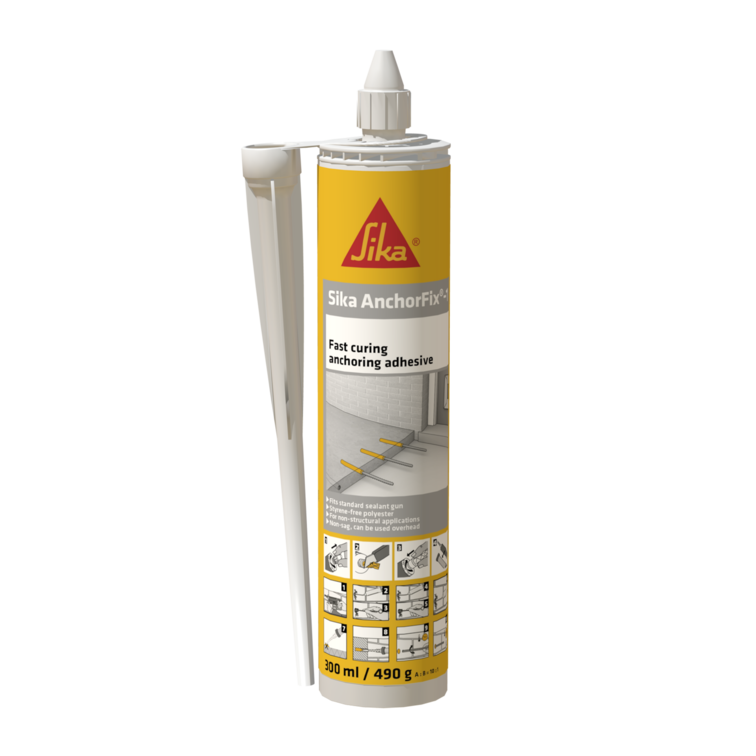
Concrete Admixtures Let Atlas help you design your perfect mix
While the limit has probably not yet been reached for normal concrete (density between 2,000 and 2,600 kg/m 3) with 20 percent by volume, the negative emission potential is particularly striking for lightweight concrete (density approx. 1,800 kg/m 3): An admixture of 45 percent by volume of carbon pellets in the concrete leads to total negative.

Concrete Admixtures Types and Functions Cement Concrete
Adequate load transfer in concrete-filled steel tubes (CFSTs) requires a close interaction between the steel walls and the concrete core. The present work analyzes the adhesion and confinement effects in steel tubes promoted by three types of lightweight concrete: without any admixture (reference), with an expansive agent (EA), and with an air-entraining admixture (AEA).

Powder Highly Efficient Set Retarding Concrete Admixture, Grade
Lightweight concrete (LWC) is a type of concrete that was originally developed to reduce the density by introducing voids in the conventional concrete.. it negatively affects its workability. Therefore, the use of water reducing admixtures such as high range water reducing admixture (HRWRA) is inevitable to bring the required fluidity and.

Fosroc Liquid Concrete Admixture, For Construction, Packaging Type
Lightweight concrete (LWC) is the most needed material to be used in many applications due to its low density, accepted compression strength, and high thermal properties. This paper study the effect of using lightweight concrete in structural elements using three experimental variables such as (admixtures content, cement content and w/c ratio).